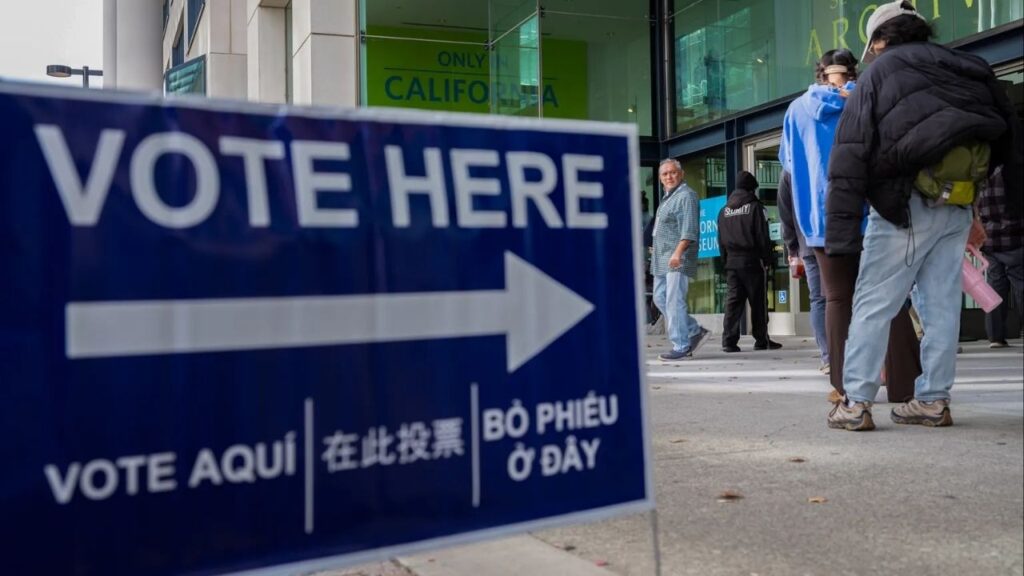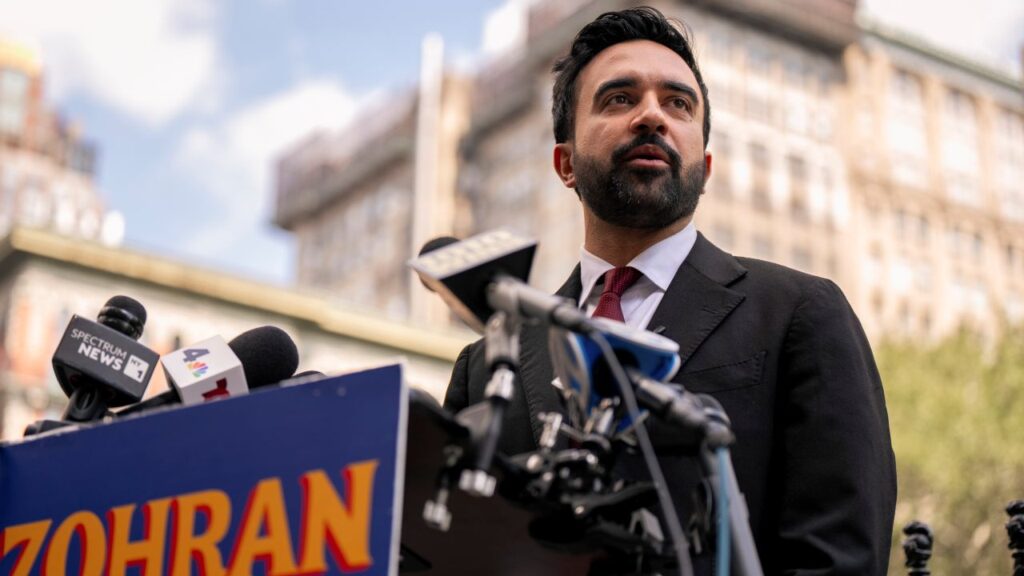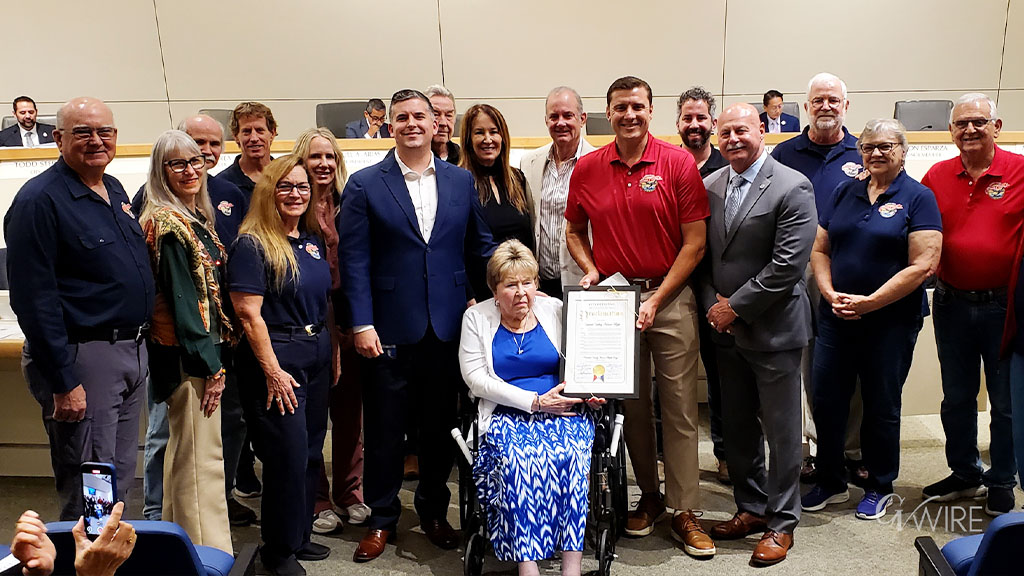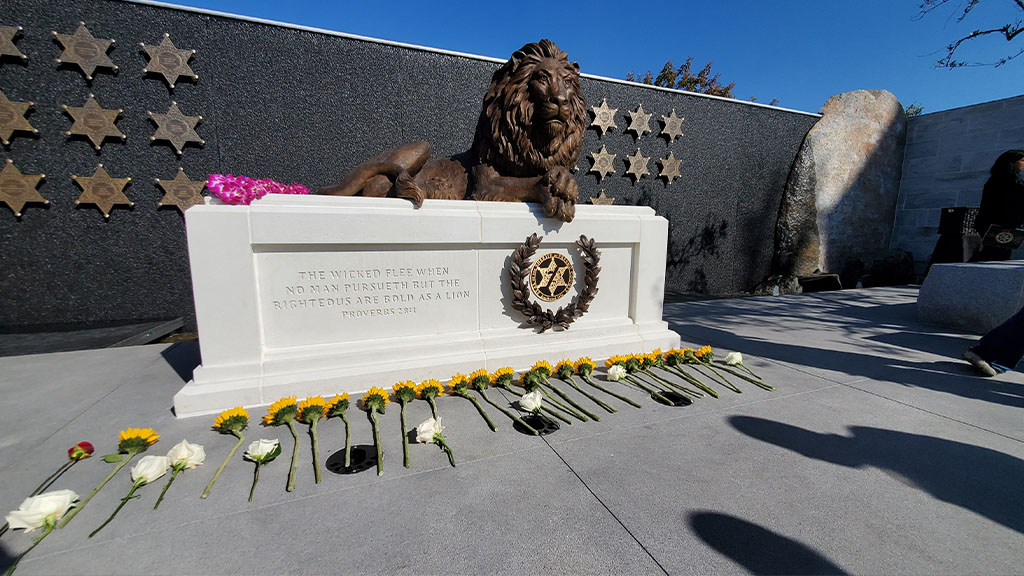President Donald Trump takes the stage for a rally at the Circa Resort and Casino in Las Vegas, Jan. 25, 2025. The rapid-fire threat by President Trump to impose crushing tariffs and the quick surrender by President Gustavo Petro of Colombia are likely to encourage Trump to do the same against new targets. (Kenny Holston/The New York Times)

- Trump’s tariff threats forced Colombian President Gustavo Petro to allow U.S. deportation flights, ending a brief diplomatic standoff.
- Experts warn Trump’s power plays, including targeting Denmark and Panama, risk undermining U.S. alliances and global order.
- Petro’s swift retreat highlights Trump’s aggressive use of economic coercion to achieve foreign policy goals without traditional diplomacy.
Share
|
Getting your Trinity Audio player ready...
|
WASHINGTON — In the end it took only about 12 hours for President Donald Trump’s first head-to-head confrontation with one of the United States’ closest allies in Latin America, a blowup over Colombia’s rejection of U.S. military flights to return immigrants, to result in a complete retreat by the target of Trump’s threats.
It wasn’t much of a contest. Colombia depends on the United States for more than a quarter of its exports. And while the specifics of the dispute will probably be quickly forgotten, the rapid-fire threat by Trump to impose crushing tariffs, and the quick surrender by President Gustavo Petro, are likely to encourage Trump as he contemplates how to make use of the same weapon against new targets.
There is little mystery about who he has in mind: Denmark, whose prime minister told him Greenland was not for sale during a heated, expletive-filled conversation almost two weeks ago, and Panama, where Secretary of State Marco Rubio is supposed to land in a few days to demand it return control of the Panama Canal to the United States — the country that built it 120 years ago.
Welcome to the age of what Fred Kempe, president of the Atlantic Council, a Washington think tank, characterized as the era of “more mercantilism, less free trade and more big-power swagger.”
The Colombia Diplomatic Debacle
The Sunday diplomatic debacle with Colombia had elements of all three. But it was also instructive about how foreign-policy decision-making in the Trump White House happens: There were no policy papers, or Situation Room meetings to weigh options, or talk of a quiet mission to de-escalate tensions with an ally whose cooperation America needs on a variety of problems. That would be how a dispute over returning Colombians, deported because they were in the United States illegally, would be resolved in an ordinary presidency, whether the president was a Democrat or Republican.
In this case, perhaps there wasn’t much need for internal debate: Colombia is not China, or Russia, or even North Korea and Iran, all countries that have ways to strike back at the United States or its interests. So it was an easy target — and a relatively cost-free place for Trump to make a point about how he envisions the use of American power.
There was no such process in this case — and no time for such a process. It unfolded first on social media, with an angry post by Petro declaring that he would not allow the United States to land military aircraft in his country bearing shackled Colombian returnees. “I cannot make migrants stay in a country that does not want them,” Petro wrote, “but if that country sends them back, it should be with dignity and respect for them and for our country.”
Trump Shoots Back at Petro
Trump shot back on Truth Social — where he puts pronouncements before they are released by the White House press office (which catches up by citing the Truth Social posts) — demanding that Petro get out of his way or watch his economy be crushed. He vowed to impose 25% tariffs on Colombian exports right away, which would obviously affect the crude oil, coal and coffee industries. The tariffs would double if Petro didn’t fold on the issue within a week, Trump said. For good measure he called the Colombian president a “socialist,” which Petro would freely admit.
What happened next was fascinating: Petro briefly fought back, announcing his own tariffs on U.S. imports and accusing Trump of trying to topple his democratically elected government. “You don’t like our freedom, fine,” Petro wrote. “I do not shake hands with white enslavers.”
There was a lot of history here, of course. One hundred twenty-two years ago, the United States supported a Panamanian revolution against Colombia, knowing it would speed the way to building the canal. It is an era Trump keeps talking about wistfully.
Petro Realized He Couldn’t Win
Presumably, Petro looked at his chances of coming out on top of this conflict and decided it was zero. And he quickly decided his best course was to get out of Trump’s way. The military flights could resume, his Foreign Ministry announced. There were more words about demanding that the passengers be treated with dignity, but clearly that was not enforceable. The United States suspended the tariff increases before they happened, and Rubio said visa restrictions on Colombian leadership would remain until the planes actually landed.
So when the day was over, not much had changed. Petro had turned away some flights, Trump had threatened retaliation, Petro had folded, and the status quo had largely resumed.
But to anyone trying to figure out the next moves on the part of the Trump administration, there were a lot of indicators in this blowup about where things may be headed.
Trump and the Fight With Denmark
Start with Denmark, whose prime minister, Mette Frederiksen, had a fraught, aggressive conversation with Trump just five days before he was inaugurated. Having heard his threat that he might use military or economic coercion to get his way on Greenland and the Panama Canal, she opened with ideas about how the United States could expand its existing military presence in Greenland — there is a Space Force base there — and help exploit its considerable mineral resources. Trump wasn’t interested in cooperation; he wanted control, perhaps ownership, and seemed happy to encourage a movement in Greenland to seek independence from Denmark to get there.
It was a remarkable exchange. Denmark is, after all, a NATO ally, and over the past month Trump has talked about using all the elements of U.S. power — economic and military — to reach the goal of forcing it to surrender territory. If ever there was an example of how Trump is uninterested in maintaining the post-World War II “rules-based order” and replacing it with superpower politics, this was it.
Denmark “would have been eager to negotiate with the Americans on basing rights, resource development, Arctic security coordination and whatever else the Trump Administration wanted,” Ian Bremmer, who heads the Eurasia Group consultancy, wrote on Monday morning. “It’s now more likely that Greenland will vote for independence in an upcoming referendum, creating its own security deal with the Americans, critically undermining U.S. relations with Denmark and, with it, the Nordic Bloc.”
And then there is Panama, getting ready to receive Rubio. Usually a secretary of state’s first visit is all about reaffirming alliances and looking forward to years of cooperation. Rubio’s arrival will probably include some of that — and a demand that the Panama Canal Treaty be scrapped and the arrangement go back to what Theodore Roosevelt had in mind in 1903: U.S. control.
—
This article originally appeared in The New York Times.
By David E. Sanger/Kenny Holston
c. 2025 The New York Times Company
RELATED TOPICS:
Categories
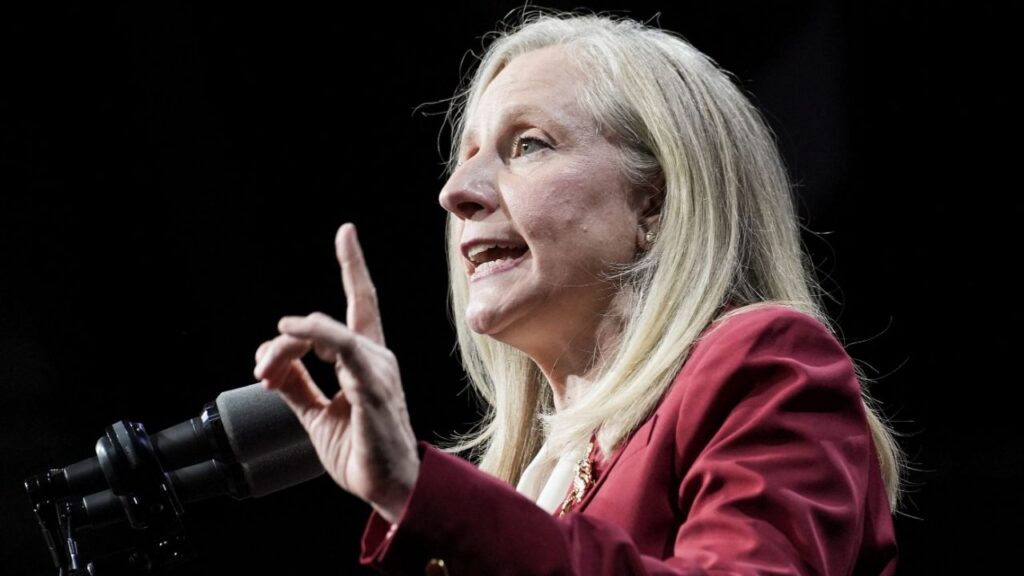
Takeaways From US Election Night 2025







